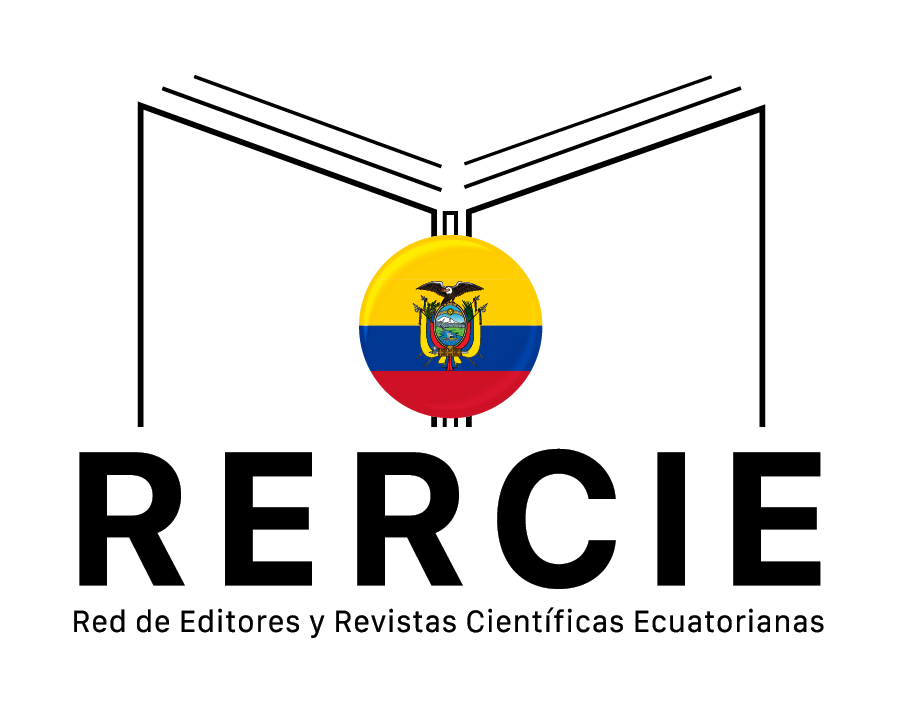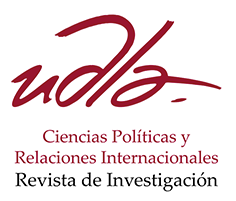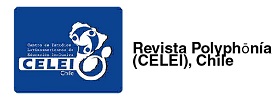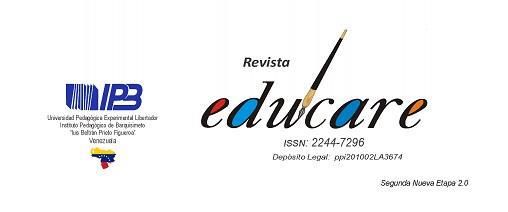The ontology of the dot
DOI:
https://doi.org/10.37135/chk.002.03.02Palabras clave:
archaeology, art, creativity, dot, theoryResumen
Along with the technics that allows archaeology to adopt a precise knowledge about the composition of the materiality, also exists a critical thought that claims for take into account experience, perception and creativity. In the latter, we find Art-Archaeology approach. With this at background emerged the idea of the presence and the ontology of the ‘dot’ in archaeology, identified in the ongoing process of the attendance of a meeting at Kyoto, in the excavation of a simulated site, in the survey of an unidentified site and in a short research about Prehistoric tattoo. This idea, in its explicit simplicity, is part of a creative thought situated in the roots of the archaeological practice. In this paper I reflect about this through an artistic photo-essay that is at the same time an artistic and theoretical exercise, with the intention to identify the existence of the ‘dot’ in different dimensions of archaeology, and to make theory making art.
Descargas
Citas
- Bergson, H. (1963). La evolución creadora. In H. Bergson. Obras Escogidas. Madrid, España: Aguilar.
- Castañeda, Q. & Matthews, C. (2008). Ethnographic archaeologies: reflections on stakehold-ers and archaeological practices. Walnut Creek, United Estates: Unidos: Altamira.
- Cochrane, A. & Russell, I. (eds.). (2013). Art and archaeology: collaborations, conversations, criticisms. New York, United Estate: Springer.
- Clifford, J. (1988). On ethnographic surrealism. In J. Clifford (ed.). The predicament of cul-ture. Cambridge, United Estate: Harvard University Press.
- Edgeworth, M. (2010). On the boundary: new perspectives from ethnography of archaeology. In D. Garrow & T. Yarrow (eds.). Archaeology and Anthropology. Oxford, England: Ox-ford Books.
- Edgeworth, M. (2006). Ethnographies of archaeological practice: cultural encounters, materi-al transformations. Walnut Creek, United Estates: Altamira.
- Edgeworth, M. (2003). Acts of discovery: An ethnography of archaeological practice (Vol. 1131). Oxford, England: British Archaeological Reports.
- Fernández, V. (2006). Una Arqueología Crítica: ciencia, ética y política en la construcción del Pasado. Madrid, España: Crítica.
- González-Ruibal, A. (2012). Hacia otra Arqueología: diez propuestas. Complutum, 23(2), 103-116.
- Hamilakis, Y. (2014). Archaeology and the senses: human experience, memory, and affect. Cambridge, England: Cambridge University Press.
- Hamilakis, Y. & Ifantidis, F. (2016). Camera Kalaureia: An Archaeological Photo-Ethnography. Oxford, England: Archaeopress.
- Hamilakis, Y. & Anagnostopoulos, A. (2009). What is archaeological ethnography? Public ar-chaeology, 8(2-3), 65-87.
- Hamilakis, Y., Anagnostopoulos, A., & Ifantidis, F. (2009). Postcards from the edge of time: archaeology, photography, archaeological ethnography (a photo-essay). Public Archaeology, 8(2-3), 283-309.
- Hamilakis, Y., Pluciennik, M., and Tarlow, S. (2001). Academic performances, artistic presen-tations. Assemblage, (6), 7-21.
- Heider, K. (1988). The Rashômon effect: When ethnographers disagree. American Anthropol-ogist, 90(1), 73-81.
- Ingold, T. (2001). Anthropological perspectives on technology. In T. Ingold. Beyond art and technology: the anthropology of skill. Albuquerque, México: University of New México Press.
- Ingold, T. (2008). When ANT meets SPIDER: Social theory for arthropods. In C. Knappett & L. Malafouris (eds.). Material Agency. Boston, United Estate: Springer.
- Ingold, T. (2013). Making Anthropology, archaeology, art and architecture. London, England: Routledge.
- Ingold, T. & Hallam, E. (2007). Creativity and Cultural Improvisation. An Introduction. In E. Hallam & T. Ingold (eds.). Creativity and Cultural Improvisation. Oxford, England: Berg.
- Jay, M. (1993). Downcast eyes: The denigration of vision in twentieth-century French thought. California, United Estate: University of California Press.
- Mármol, J. (2016). Proyecto Arqueológico Monte Miravete: Foto-etnografía arqueológica #1. Un estudio visual y sensorial del trabajo de campo de la campaña de prospección arqueológica de 2016 (Unpublished book). Monte Miravete Project, Murcia, España.
- Mármol, J. (2017). Dropping the trowel: three narratives and one creative archaeology. AP Journa, (6), 75-116.
- Moreno, W. (2013) Fotoetnografía educativa: una ruta para comprender la cultura corporal escolarizada. Revista Iberoamericana de educación, (62), 119-141.
- Simonetti, C. (2013). En presencia de lo ausente. Rastreando materiales en movimiento. Pape-les de Trabajo, 7(11), 40-61.
- Simonetti, C. (2015). The stratification of time. Time & Society, 24(2), 139-162.
- Layton, R. (2003). Art and agency: a reassessment. Journal of the Royal Anthropological Insti-tute, 9(3), 447-464.
- Shanks, M. (2004). Three rooms: Archaeology and performance. Journal of Social Archaeolo-gy, 4(2), 147-180.
- Shanks, M. (2012). The Archaeological Imagination. Walnut Creek, United Estate: Left Coast Press.
- Shanks, M. & Pearson, M. (2001). Theatre/archaeology: Reflections on a hybrid genre. Lon-don, England: Routledge.
- Shanks, M. & Zvabo, C. (2013). Archaeology and photography: A pragmatology. In A. González-Ruibal (ed.). Reclaiming Archaeology. Beyond the tropes of Modernity (pp. 89-102). London, England: Routledge.
- Schneider, A. (2017). Alternative Art and Anthropology: Global Encounters. London, England: Bloomsbury.
- Renfrew, C. (2003). Figuring it out. Where do we come from? What are we? Where are we going? London, England: Thames & Hudson.
- Ruiz, G. (2014). Fotografía y Arqueología: ventanas al pasado con cristales traslúcidos. In E. Baquedano (ed). Jose Latova. 40 años de Fotografía arqueológica española. Madrid, Es-paña: Comunidad de Madrid.
- Tilley, C., Hamilton, S. & Bender, B. (2000). Art and the RePresentation of the Past. Journal of the Royal Anthropological Institute, 6(1), 35-62.
- Valdez-Tullet, J. & Chittock, H. (2016). Archaeology with Art. Oxford, England: Archaeo-press.
- Van Dyke, R. (2006). Seeing the past: Visual media in Archaeology. American Anthropologist, 108(2), 370-375.
- Weebmor, T. (2005). Teotihuacán, Mexico. Mediating Monumentality: An Experiment. Recov-ered from http://traumwerk.stanford.edu/teotihuacan
- Witmore, C. (2004). Four archaeological engagements with place mediating bodily experience through peripatetic video. Visual anthropology review, 20(2), 57-72.
- Witmore, C. (2006). Vision, Media, Noise and the Percolation of Time Symmetrical Approaches to the Mediation of the Material World. Journal of material culture, 11(3), 267-292.
Publicado
Cómo citar
Número
Sección
Licencia
Responsabilidad de los autores:
Son responsables por las ideas y datos recogidos en los manuscritos, por la fidelidad de la información, por la corrección de las citas, por los derechos para publicar cualquier material incluido en el texto y por la presentación del manuscrito en el formato requerido por la Revista (plantilla word). Un manuscrito enviado a CHAKIÑAN no debe estar publicado con anterioridad, ni haber sido presentado en la misma forma a otro medio de publicación.
Derechos de Autor:
Los artículos publicados no comprometen necesariamente el punto de vista de la REVISTA CHAKIÑAN. La Revista se alinea a la política de la licencia de Creative Commons Reconocimiento-No comercial 4.0 Internacional (CC BY-NC 4.0). Cada autor conserva el derecho sobre el artículo publicado en Chakiñan.
Declaración de privacidad
Los datos personales y las direcciones de correo electrónico introducidos en esta revista se usarán, exclusivamente, para los fines declarados por la publicación y no estarán disponibles para ningún otro propósito u otra persona.



















